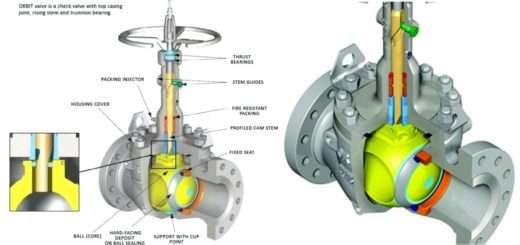Fossil Fuel Introduction and Types

Fossil Fuel Introduction and Types
Fossil Fuel Introduction:
Fossil fuels are naturally occurring and non-renewable (Once completed then it’s done) energy sources. Fossil fuel contains fuels such as Coal, Natural Gas, and Oil. They have formed hundreds of millions of years ago. People also say that they have formed even before the age of the dinosaurs. Due to the non-renewable nature of fossil fuel and non-uniform distribution on earth sometimes it becomes a matter of concern between different nations.
Fossil Fuel History:
The fossil fuel is formed by the natural decomposition of animals and plants (who once lived) in the presence of heat and high pressure. Oil and Gas formed by the burial of plants and animals and decomposed at very high temperature and pressure in the absence of oxygen. Then formed gas and oil migrates through pores and can be collected from reservoirs. Coal is formed by the same process as oil and gas but with a little less pressure and temperature and hardened to form coal.
Importance of Fossil Fuel:
Fossil fuels are burned to produce heat and energy which are utilized in different ways. Fossil fuel feeds 80% of the energy requirement of the world. It is used to produce electricity and used in transportation. It is also useful in cosmetics, plastic, and even in medicine production. Now, you can think that how much important fossil fuel is. Nowadays the major use of fossil fuel is in industries. The most important factor in the Industrial revolution is Fossil fuel.

Types of Fossil Fuels
- Coal
- Crude Oil
- Natural Gas
1. Coal:
It is formed by the burial of plants at a very great depth of the earth where it got heat and pressure which made it very hard and carbonaceous. At first, we found coal which is a little less hard and premature which is called lignite or peat coal. After some years due to chemical changes in presence of pressure and temperature coal became mature and hard which is called sub-bituminous coal. After that, we found coal called bituminous coal, and then fully matured coal is known as Anthracite coal. The coal is further classified by its moisture and carbon content. The lignite and bituminous coal have very high moisture content and less carbon content so it will produce less energy compared to matured coal. On the other side, anthracite coal has higher carbon content and they are harder than lignite coal. Anthracite coal produces higher energy.
2. Crude Oil:
Crude oil is the liquid oil found from the earth’s crust. It is a mixture of hydrocarbons. It contains not only liquid but also gas and solid so before using it as an energy source we need to purify it. Crude oil from different locations on earth contains different compositions that’s why we found different densities and colors of crude oil. We purify crude oil, we use refineries. From refinery, we got many products from crude oil like natural gas, petrol, diesel, kerosene, naptha, etc. Crude oil taken out from oceans contains sand and water which we need to remove first. Sand is removed by the settling process and water is removed by the demulsification process. To reduce air pollution we need to remove sulfur from crude oil which produces SO2 by combustion. By knowing the different products of crude oil we can say that crude oil is the most useful fossil fuel.
3. Natural Gas:
We found natural gas above crude oil reservoirs. It is an odorless and colorless gas. It is a mixture of hydrocarbons most likely methane, ethane, and propane. Natural gas emits fewer pollutant gases than other fossil fuels. It is used in household uses, cooking purposes, and electricity production. Nowadays natural gas is becoming a very important fuel option than others due to its less pollutant production nature.
Problems with fossil fuel:
Fossil fuels produce CO2 which is the most harmful gas in the environment. From total CO2 produced in the world, only Coal combustion produces 44% of it. This is the highest individual figure of all fuel. Not only CO2 but it also produces other greenhouse gases which increase the temperature on earth and cause global warming.
Reference:- wermac, britannica, sciencedaily
































